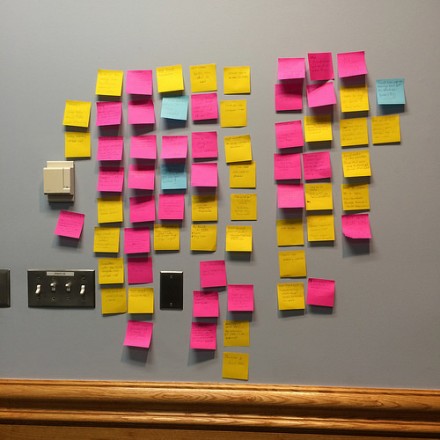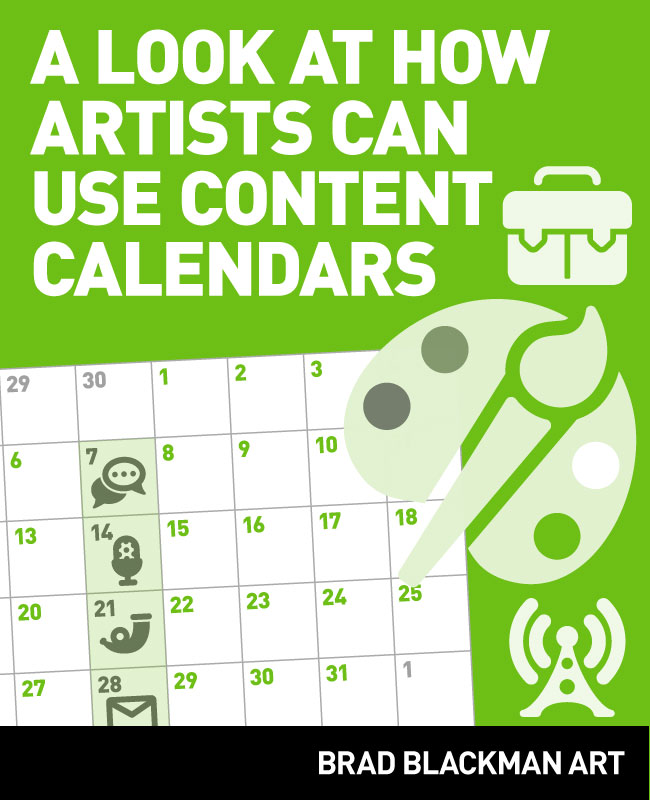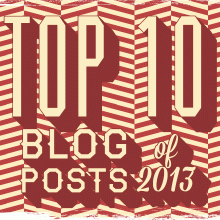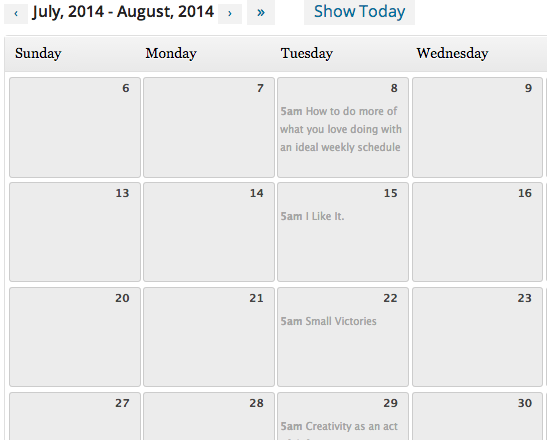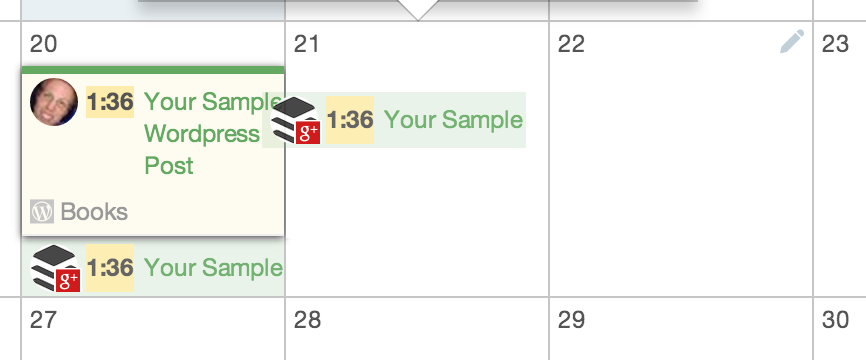If you’ve already set up an editorial calendar for your blog and you have planned what content comes out when, the next step is to write it.
I know. This can be overwhelming. It’s hard enough choosing what to write about.
The first thing you have to do is just start. Thank you, Captain Obvious, you say.
I know.

But once you’ve started, there are some frameworks we’re going to talk about in a minute that will help you structure your writing so it makes sense. But when you start writing, don’t force it. That will only make it sound canned and unnatural. So I suggest you just write. Dump everything out.
Once you have your rough information down and you’re ready to give it shape, whether you are writing a blog post, a book, or even a presentation, there a couple of ways to structure that information so that it makes sense to the audience. Here are three.
The Term Paper
The first structure is probably the most well-known. I call it the term paper. You are probably already familiar with this format: you have an introduction, a line explaining that you’re going to tell the audience these (three) things, then you tell them those (three) things, and conclude it by telling he audience what you just told them.I will never forget Dr. Rummage drawing this shape on the board in the front of the room:
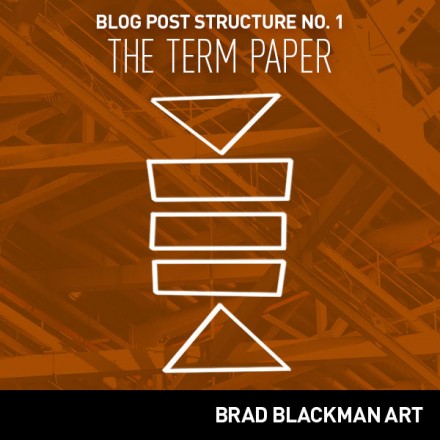
I used this formula all through high school and college, and it worked. (I consistently got As on my papers except when I used the dreaded comma splice. That always cost me a letter grade.)
This format is kind of stiff and formal so it doesn’t always lend itself to blogging, but it works really well for presentations. I like to think of blogs as existing somewhere between an email and a magazine article. People don’t want to read term papers or research papers. (Not even the teachers!)
But this format works really well for a presentation or a podcast and bullet-point style blog posts. It tends to be kind of dry when you read it. And since we’re talking about blogging for the art world, dryness may not great for your blog. But if you use the term paper structure, do what you can to make it engaging.
The Transformation
Next is what Pat Flynn uses when he drafts blog posts. I’m calling it “The Transformation.” It is outlined in episode 2 of SPI TV, and it is a variation on the ever-popular bullet point format but it has a twist: he starts out by considering what transformation he desires in his readers. It might be a call to action to sign up for an email list or it might be more personal, calling people to change their mind about something or to try something new.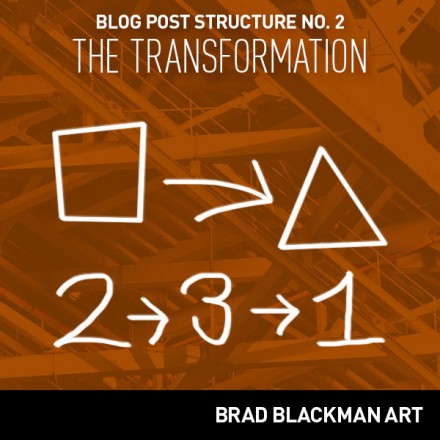
The other important trick is that he lists his bullets 2, 3, then 1. The most important thing is last since that’s what you’re more likely to remember. You might be tempted to list the most important thing first. But if you save the best for last, your readers are less likely to forget.
The Hero’s Journey
This is a big one. I’m listing it last because it is the most important. (See?)The Hero’s Journey is most powerful form of narrative we have. Every great story follows this format in some way. Joseph Campbell wrote about this in great detail in The Hero with a Thousand Faces. He called it “monomyth.” The idea is that we only have one basic story that we tell, and that story has a thousand variations.
It works like this: a reluctant hero or protagonist has a problem, and he embarks on a journey to deal with that problem. Along the way meets a guide or acquires some kind of device or tool, and is tasked with slaying the dragon or confronting the Black Knight (not the Monty Python sketch). In the end there are two possible outcomes: success or failure. Most often the great stories end in success but there is always a moment where it looks like all is lost.
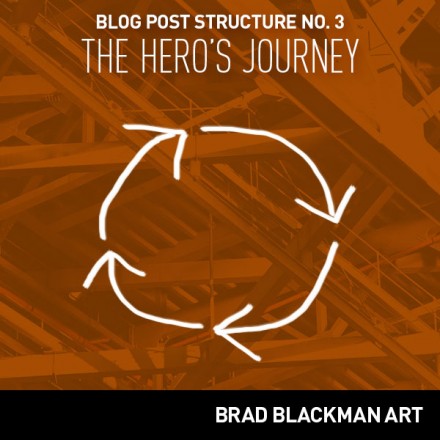
Donald Miller uses this to great effect in his most recent book, Scary Close. The entire book follows this framework. Even individual chapters follow this framework. I haven’t read this book yet, but I’ve listened to some of his podcast interviews about it, and it sounds like it will be really good when I do get around to reading it. (I’ve read some of his other books and enjoyed them.) He outlines the 7 steps in the journey in his free ebook “How To Tell A Story.”
While this sounds very formulaic, it works.
It has worked for thousands of years. It worked for the Greeks. It works today in every great movie, from “Star Wars” to “Harry Potter” to “Bridget Jones’ Diary.” Even Ninjago, a favorite with my preschoolers, follows this framework.
And you can put it to work in your blog posts.
Sure, the Internet loves list posts because they are easy to digest and you can get a lot of hits really fast by publishing list posts. But if you want longevity, if you want to start a movement, tell a strong story that people can relate to.This “Hero’s Journey” isn’t an approach I’ve really used before on my blog, but I do plan on using it when the time is right. Most of my posts have been of the 1-2-3 variety (or 2-3-1 for that matter, including this one) but when you need a narrative, this is the best approach. It’s the time-honored framework for telling a story.
Perhaps the only recent example is the post about painting with my son Greg. I was called to an adventure: make a painting with him. And at first I resisted the call to adventure, especially when Greg made his own mark on the canvas, but in a sense he was the guide I needed. But I went along with it. What demon did I have to slay? I think it was my own fear of losing control of the painting. But the end result was better than I could have imagined, and we are both better for having bestowed our artistic gift upon the world.
Which framework will you use next?
Now you have three different frameworks for structuring your blog posts, whether you are writing about your art, your influences, or your technique. What will you use on your next post? For your next presentation? Let us know in the comments.Photo Credit: jonesor via Compfight cc




